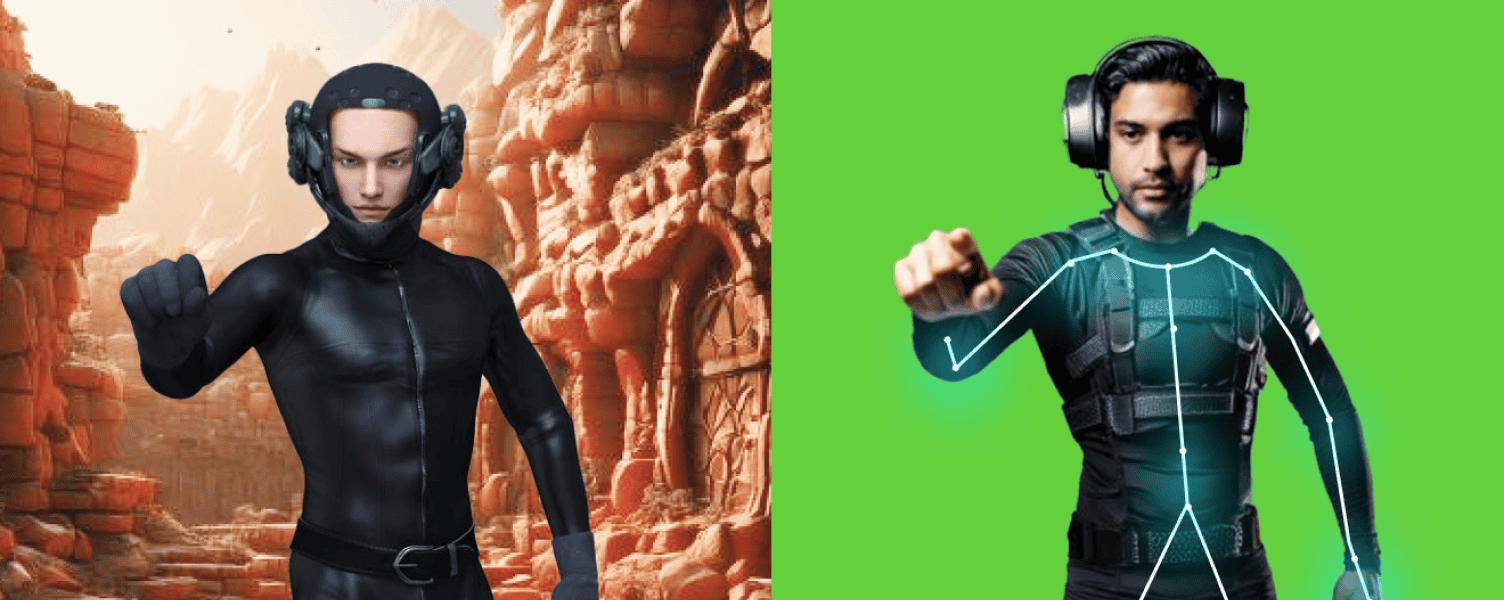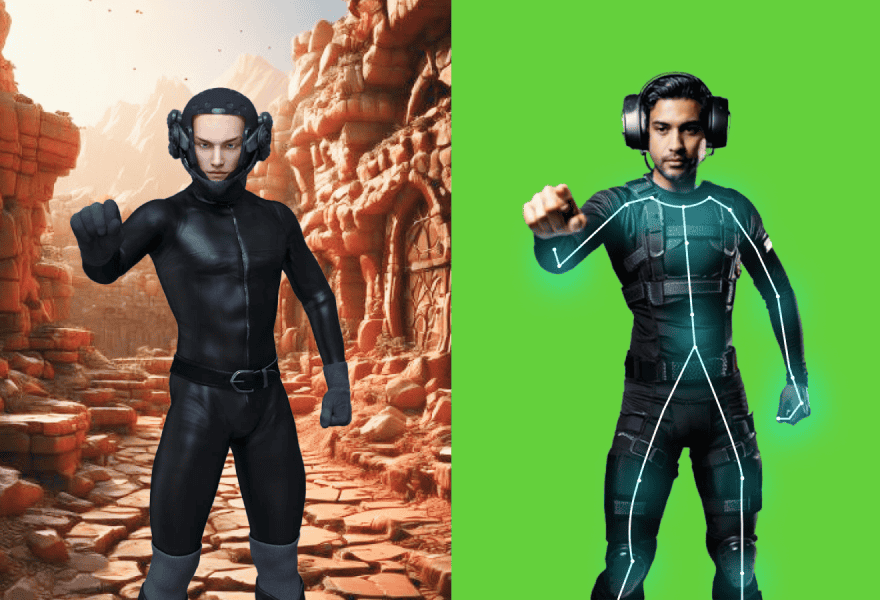An innovative tech start-up in the gaming and virtual meetings industry approached SpringCT with a challenge to develop a solution for capturing human motion from video streams and applying it to 3D avatars in real-time. The client envisioned an immersive, interactive platform where user movements could be mirrored seamlessly by digital avatars.
This project presented complexities in achieving smooth, real-time animations at 60 frames per second. Leveraging its technical expertise, SpringCT designed and implemented a library module, MoCap , using Google’s MediaPipe and custom algorithms. This lightweight solution brought advanced motion capture capabilities to standard webcams.
- Efficiently managing synchronization of real-time activities data from RingByName server
- Efficiently managing synchronization of large number of contacts between RingByName and HubSpot
- Integration of HubSpot calling SDK to provide calling feature in application
- MediaPipe : For accurate pose detection from video streams.
- TypeScript : To manage pose landmark data flow and animation logic.
- Blender : For studying 3D avatar anatomy and ensuring realistic motion rendering.
- React.js : To create an interactive and responsive user interface for testing and deployment.
- Smooth Real-Time Mapping: The system achieved low-latency, real-time detection and mapping of upper body movements, including simple motions like waving and smiling.
- High Accuracy: The library provided reliable motion tracking despite body occlusions, reflecting movements accurately in the avatar.
- User-Friendly Integration: The modular MoCap library enabled straightforward implementation in diverse applications, including virtual meetings and gaming.
- Challenges Addressed: While complex motions such as rapid rotations occasionally introduced minor lag, the system proved highly efficient for most use cases.


